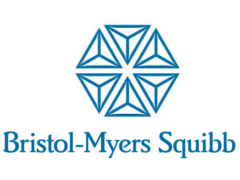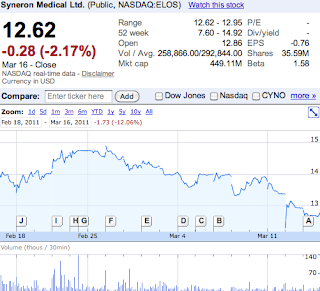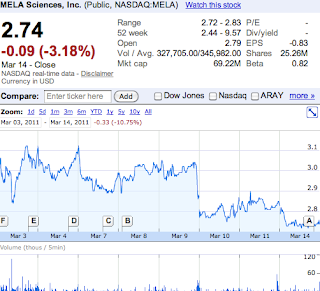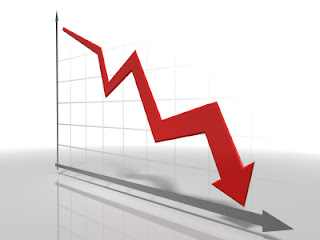Update
On Mar. 21, 2011, I first wrote about Xenoport. At that time, the company had just announced negative results from its phase II clinical trial (GERD), which sent the stock plunging 12% at market opening ($5.82). The drop, contrary to the belief held by disaapointed traders, was identified as an opportunitic entry point ahead of the upcoming major catalyst (PDUFA: 2011-04-06). Two days later, the stock indeed recovered to as high as $6.54 before the bears kept it steady around $6.20-6.30.
Selling short
The track record of Xenoport has not been too promising. First, gabapentin enacarbil, the approval of which FDA will announce on Apr 6, 2011, had in fact been rejected once by the drug regulator last year (Feb 18, 2010). Second, the same drug also failed in a phase II trial against migraine on July 7, 2010. Finally, more negative news came last week when Xenoport decided to drop the development of arbaclofen placarbil (Xenoport's other drug) against heartburn due to yet another failed phase II trial. The upcoming PDUFA will be pivotal for the struggling biotech. My belief is that Xenoport's gapapentin enacarbil, which FDA rejected based on concerns of pancreatic acinar cell tumors found in rats, will have a hard time scoring an approval next week despite Xenoport's effort to remedy FDA's first ruling. The 'bothersome' indication such restless leg syndrome (RLS), as opposed to deadly metastatic cancers, will require an unchallengeable safety profile in order to please the FDA.
Trading map
In my mind, Xenoport's gabapentin enacarbil's risk to benefit ratio is too high for the indication of RLS. For this reason, coupled with the company's unimpressive track record with drug development, I will be purchasing Apr $6 put options and hold through the PDUFA (expecting a rejection). Since it is not uncommon for the FDA to announce the result early (likely Mon Apr. 4), I will look into buying the put options on Friday, Apr. 1 at the latest.










